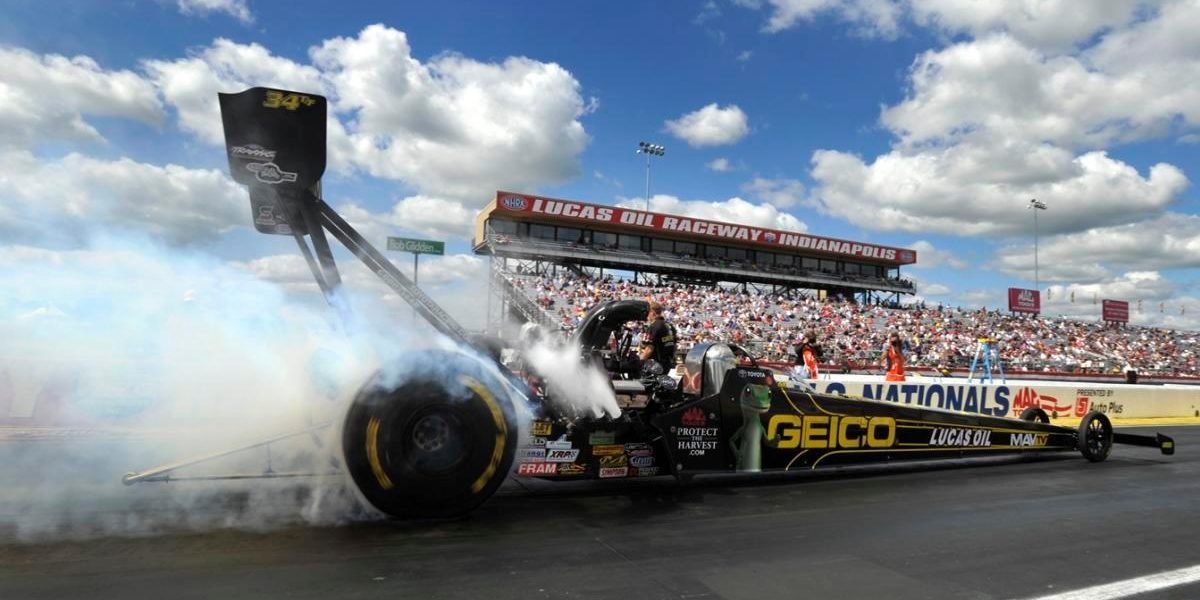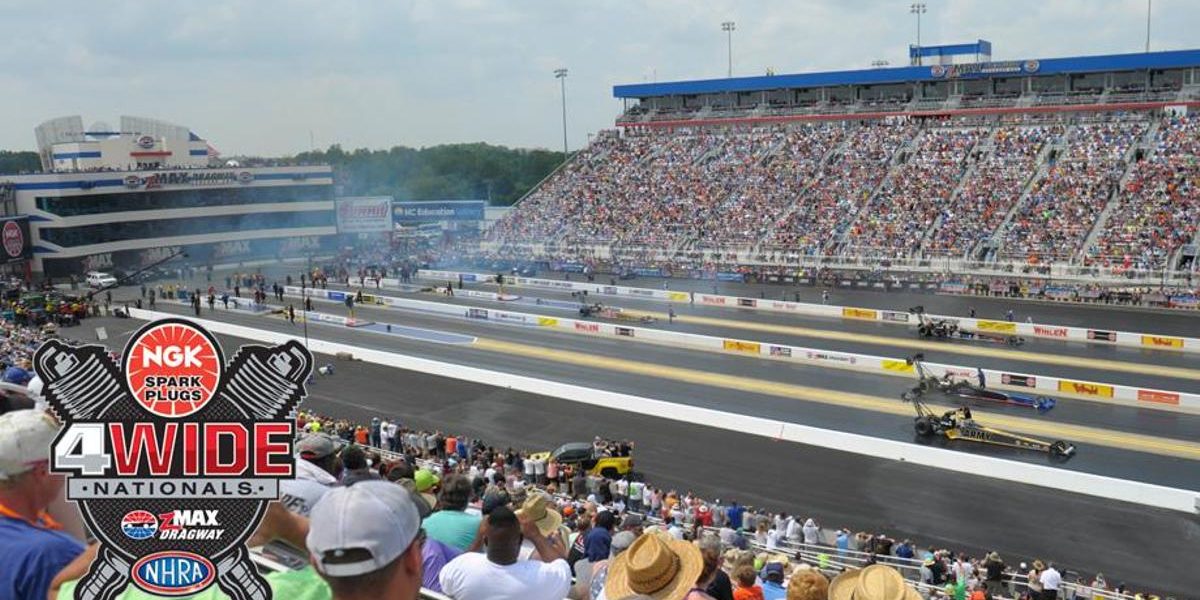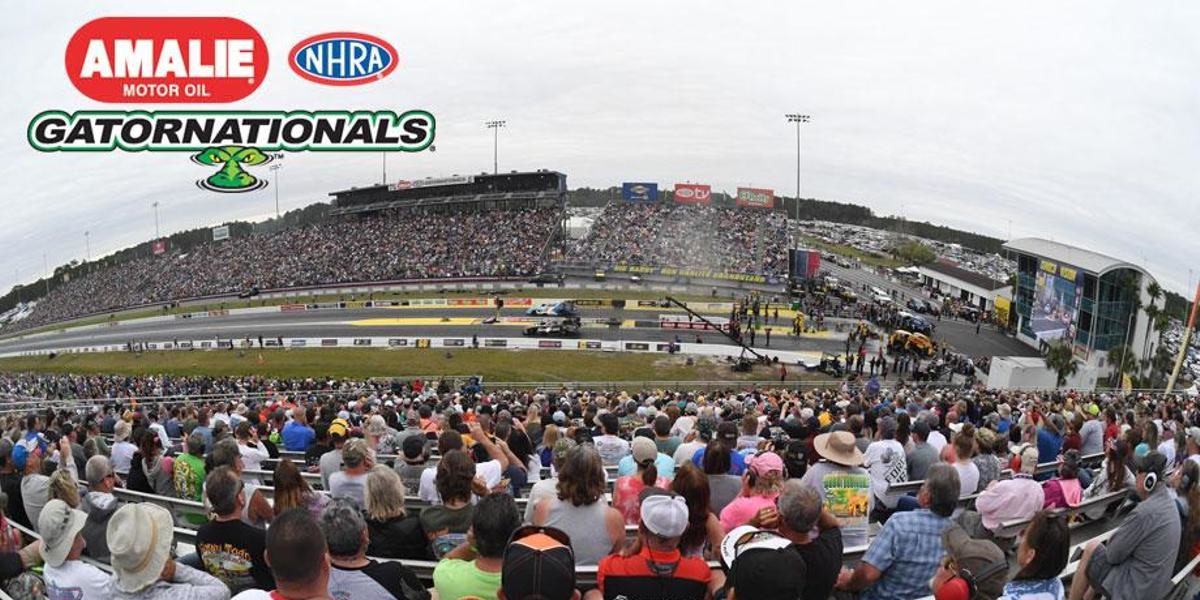Asphalt Concrete Fatigue Crack Monitoring and Analysis Using Digital Image Analysis Techniques
ABSTRACT
This paper describes the method of crack detection, monitoring, and data extraction employed by the University of California, Berkeley Pavement Research Center as part of its accelerated pavement testing program (CAL/APT). The method employs digital imaging techniques, which enable the conversion of images to data on the location, orientation, and length of fatigue cracks on pavement test sections. Crack data is presented from three pavement sections tested using the Heavy Vehicle Simulator (HVS). These sections are identified as 502CT, 503RF, and 515RF. The crack density (cm/cm2) data from these sections is correlated with data obtained from other instrumentation on these sections, including nuclear gage, multi-depth deflectometer, road surface deflectometer, and falling weight deflectometer. Crack density is also correlated with the load distribution caused by the wander pattern of the HVS test wheel.









